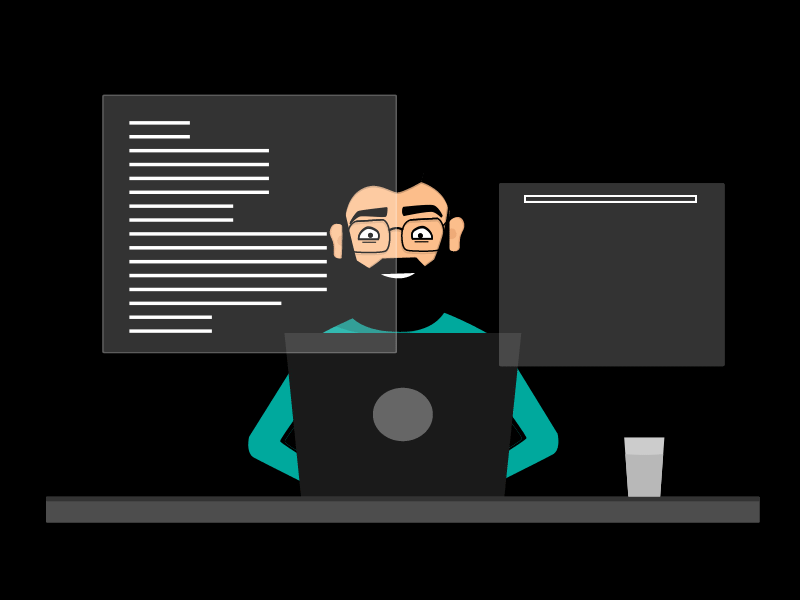Artificial Intelligence (AI) is rapidly changing the way we interact with technology—and UI/UX design is no exception. As companies strive to create more personalized, efficient, and intuitive digital experiences, AI is becoming an essential tool in the designer’s toolkit. But how exactly will AI shape the future of UI/UX design? Let’s explore the key ways AI is transforming the industry and what it means for designers and users alike.
1. Hyper-Personalization of User Experience
AI enables the creation of highly personalized user interfaces by analyzing user data such as behavior, preferences, and context. For example:
-
Dynamic content: AI can show different content or layouts based on individual user habits.
-
Adaptive interfaces: The interface can change in real-time depending on how the user interacts with the app or website.
This level of personalization improves engagement and satisfaction, making experiences feel more relevant and intuitive.
2. Smarter Design Tools
AI-powered design tools like Adobe Sensei, Figma AI, and Uizard can assist designers by:
-
Automating repetitive tasks such as resizing elements or adjusting color palettes.
-
Generating design suggestions based on existing layouts or style guides.
-
Predicting user flow and behavior to optimize layouts before launch.
These tools help speed up the design process, reduce human error, and allow designers to focus on creativity and problem-solving.
3. Data-Driven Design Decisions
AI can analyze large sets of user interaction data to uncover:
-
Which elements users click the most
-
Where users drop off in a journey
-
How users navigate through a product
Designers can use these insights to make informed changes, improving usability based on real-world feedback rather than assumptions.
4. Voice and Conversational UI
With the rise of AI-powered assistants like Siri, Alexa, and ChatGPT, voice interfaces and chatbots are becoming common in UX design.
-
Voice UI (VUI): Designers now need to consider how users interact using voice commands.
-
Chatbots: Well-designed bots improve customer service and can offer 24/7 assistance.
Designing for AI-based conversations requires a new approach focused on tone, clarity, and user intent.
5. Accessibility Improvements
AI is helping to make digital products more accessible:
-
Image recognition for automatic alt text
-
Speech-to-text and text-to-speech features
-
Real-time translations for multilingual experiences
These enhancements ensure that more users, regardless of abilities or languages, can access and enjoy digital content.
6. Challenges and Ethical Considerations
While AI brings many benefits, it also introduces challenges:
-
Loss of human touch: Over-automation may make designs feel less authentic or emotionally resonant.
-
Bias in algorithms: If AI is trained on biased data, it could create discriminatory or unfair user experiences.
-
Privacy concerns: Using user data for personalization raises questions about consent and security.
Designers must work closely with developers and ethicists to ensure AI-enhanced designs are fair, transparent, and respectful.
Conclusion
AI is not replacing UI/UX designers—it’s empowering them. By automating routine tasks, analyzing user data, and enabling smarter interfaces, AI is helping designers focus on what they do best: crafting human-centered experiences. As we move forward, the most successful designers will be those who embrace AI as a collaborator, not a competitor.

